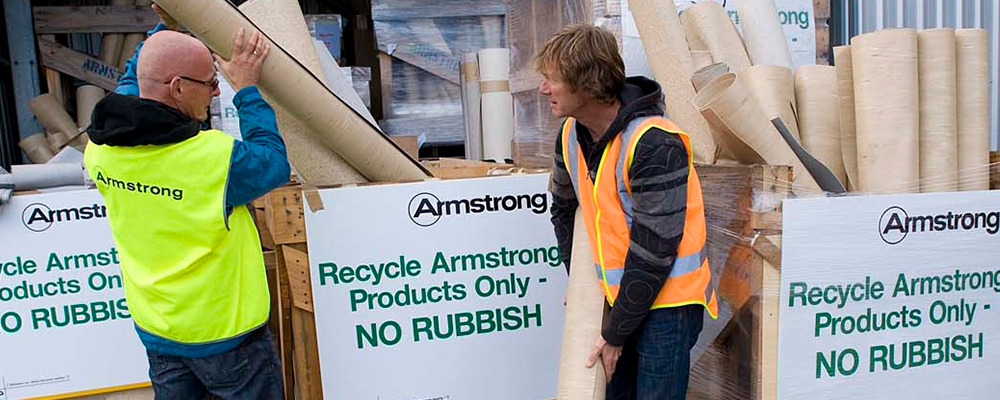
Resource Efficiency
Favouring the recycling of PVC products at the end-of-life, managing responsible waste at the Signatories' facility level and informing consumers on the management of PVC at the end-of-life stage are all key aspects of resource efficiency.
Packaging waste: Signatories seek to achieve packaging waste recycling targets of 70% for all recyclable packaging materials. This commitment is only voluntary, and not applicable to Signatories that are also ongoing Signatories to the Australian Packaging Covenant.
Post-industrial PVC product waste: All Signatories with manufacturing facilities seek to minimise the quantity of post-industrial PVC (product) waste requiring landfill disposal. To this end, the quantity of waste sent to landfill as a percentage of the total production of saleable PVC product shall not exceed 2%.
recoPVC1: Signatories agree to use recoPVC in the PVC products they supply to the Australian market except where Australian Standards or regulations prohibit the use of recycled material, or when it is not technically feasible to integrate recoPVC in the product.
Consumer responsible care: Signatories are committed to make available information on how and where to re-use, recycle or dispose of their product safely at end-of-life. This can be done via the company websites, MSDSs or other appropriate media.
1. recoPVC is defined by the program as any PVC waste recovered from external sources for re-use/recycling by local converters or suppliers of PVC products to the Australian market. It includes PVC waste arising from manufacturing, fabrication, installation, repair, maintenance and end-of-life. recoPVC is purchased and/or collected from outside of the Signatory's operations and is used in the manufacture of new products. Examples of recoPVC include, but are not limited to, end-of-life products collected through take-back schemes, industrial waste collected from another unrelated manufacturer, and installation off-cuts collected via the building industry.






